Description
Abstract:
The main objective of Wireless Mobile Charger System is to charge the mobile battery by using wireless charger. The dream of wireless charging is just to be able to plop your phone on a shelf after work and have it fully charged when you pick it up again on your way out. This technology will replace cables and standardize on one interface, potentially being able to adjust power settings to charge different types of batteries.
Woinrkg:
In our Wireless Mobile charging system there are two circuits, a transmitter circuit and a receiver circuit.
- The transmitter circuit consists of step down transformer of 230/12V. This transformer steps down 230V AC from main supply to 12V AC. Then that 12V AC is converted into 12V DC with the help of bridge rectifier. After that a 2200/25V capacitor is used to filter the ripples and pure DC is supplied. Then the oscillator circuit oscillates at 10MHz and with the help of transmitting coil it transmits the wireless power.
The receiver circuit receives the power through receiving coil and passes through voltage multiplier circuit (consisting of diode and capacitor voltage multiplier) and this multiplied voltage is used to charge the mobile.
Advantages:
1. Wireless charging with inductive coupling uses an electromagnetic field that transfers energy from the transmitter to the receiver. 2. Low cost and reliable circuit.
Applications:
1. Wireless charging may one day replace plugs and wires similar to how Wi-Fi and Bluetooth have modernized personal communication. 2. It may be used as simply placing a portable device on a charging mat. 3. Wireless charging works well with mobile phones, digital cameras, media players, gaming controllers and Bluetooth headsets. 4. Other potential applications are power tools, medical devices, e-bikes and electric cars (EVs).

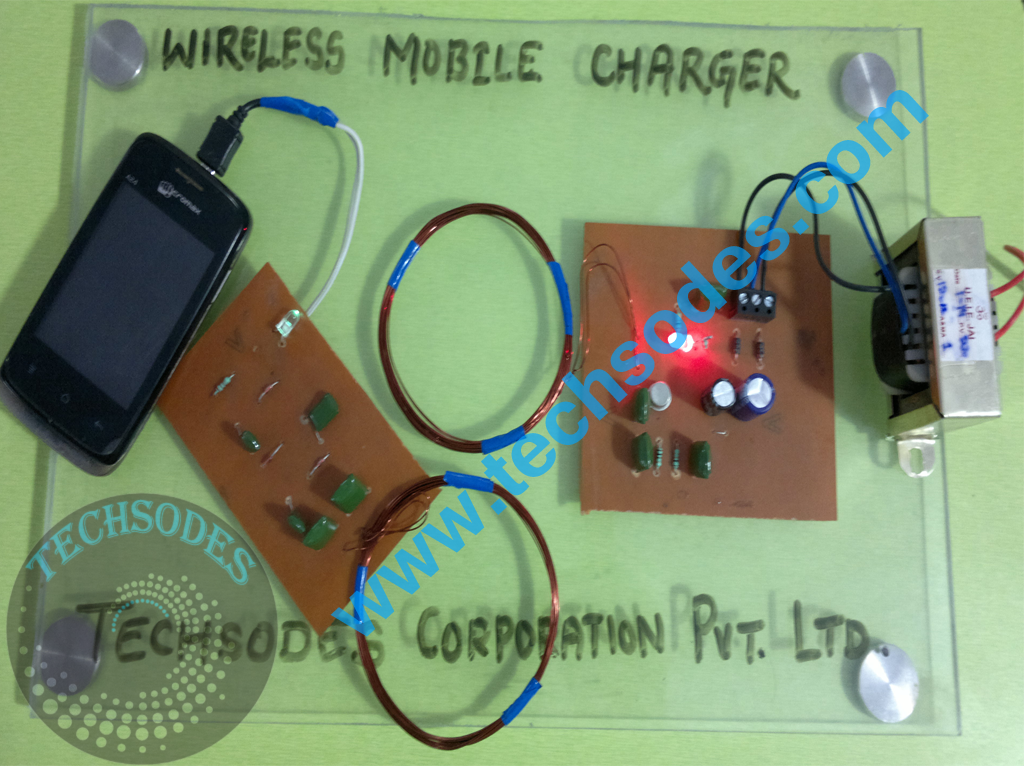






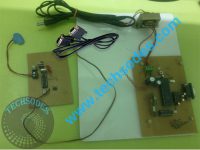
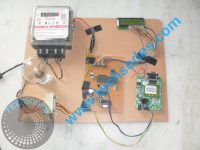
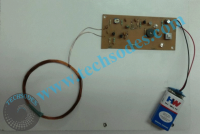
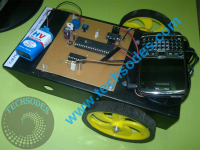

Reviews
There are no reviews yet.